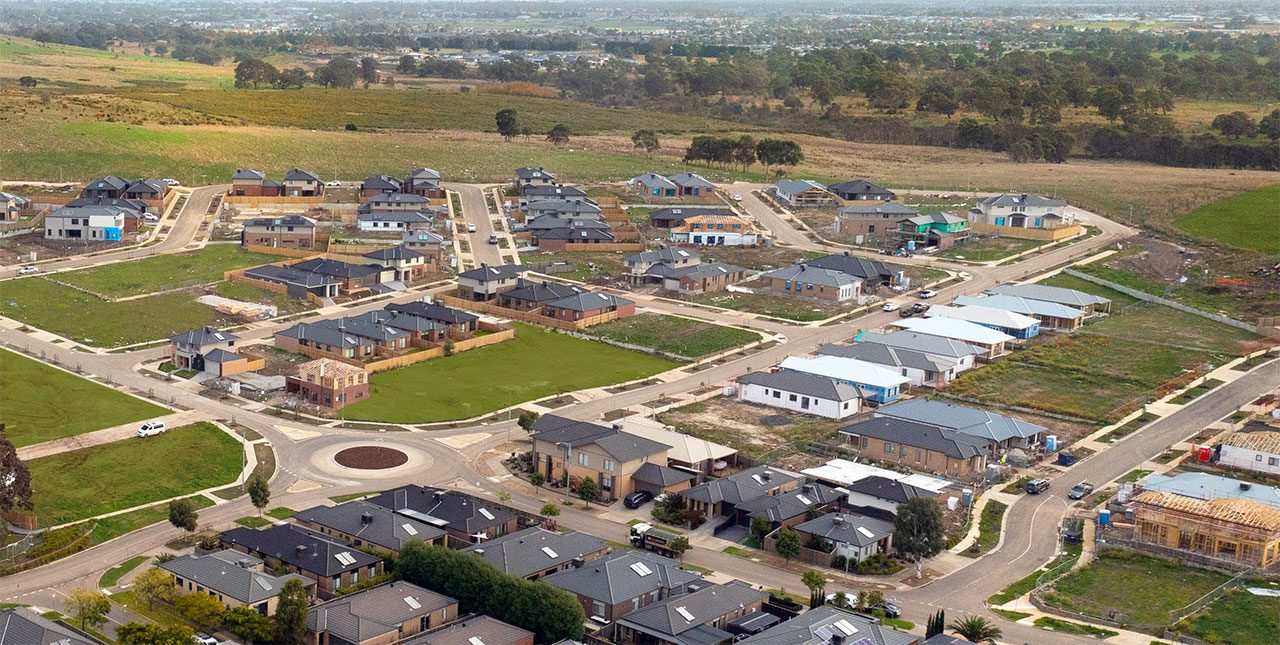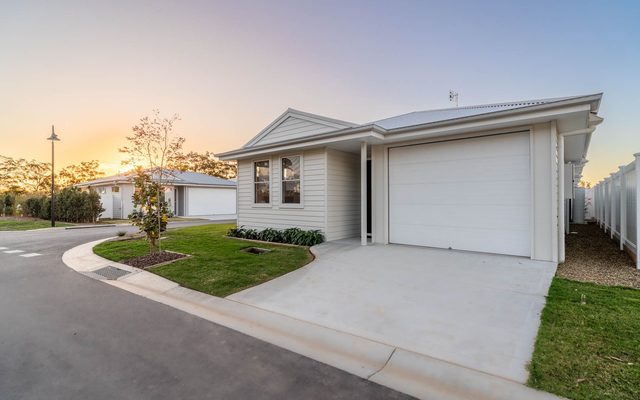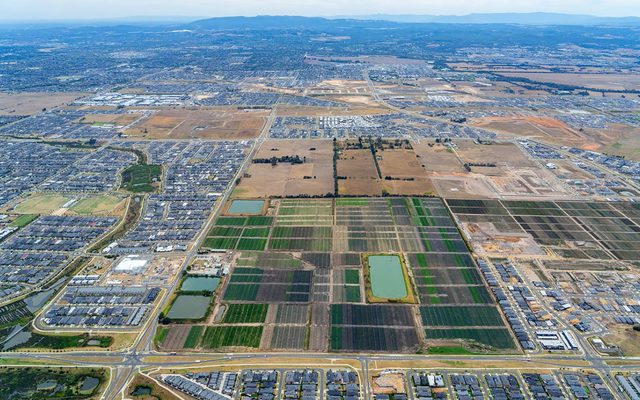This article is from the Australian Property Journal archive
AFTER recovering strongly from the pandemic losses, house price growth is tipped to slow in the short term, but some capital cities are expected to outperform.
According to ANZ’s latest housing price forecast, national price growth will be 6-7% in 2024, which is down from 9.3% growth in 2023.
ANZ predicts growth will slow further to 5-6% in 2025 and around 5% in 2026.
This is due to price growth slowing in Sydney and Melbourne, as the population growth slows alongside an increase in available housing.
Senior economist Blair Chapman said indicators are mixed with total listings and vendor discounts are declining but the median time on the market has increased. Auction clearance rates have dropped so far in 2024, which suggests weaker near-term price growth.
Total listings are at their lowest since 2009, despite a pick-up in new listings and an increase in median time on the market.
Vendor discounting, which increased between October and December, has started declining again.
Brisbane, Perth and Adelaide are likely to continue outperforming Due to a shortage of available homes.
“Housing prices continue to reach new peaks in these cities, with strong growth in lending to investors in these cities supporting price growth. Price momentum is weaker in Melbourne, where housing construction relative to population growth appears to have been the strongest since the onset of COVID.
“Since the beginning of the COVID-19 pandemic the growth in the population of WA and Queensland has been faster than the growth in the estimated dwelling stock, increasing any relative supply and demand imbalance that existed in 2020 and putting upwards pressure on housing prices,” said Chapman.
On the other hand, Victoria’s dwelling stock will grow faster than the state’s population since early 2020, which is putting less pressure on housing prices to increase in Victoria. The growth in New South Wales’s estimated dwelling stock has also outpaced population growth but to a lesser extent.
Chapman said construction activity needs to increase as overall demand still outpaces supply nationally.
ANZ expects costs will moderate this year, which should encourage more building. Input prices and output costs are growing slower this year than at the same time last year.
Meanwhile Chapman said a decline in the average size of households, relative to pre-COVID, is adding to the demand and supply imbalance. The average size of households across Australia barely changed in 2023, at 2.49 people per household, 0.03 people below the level in 2019.
With Australia’s population around 27 million, this difference in household size roughly equals demand for an additional 130,000 dwellings.





